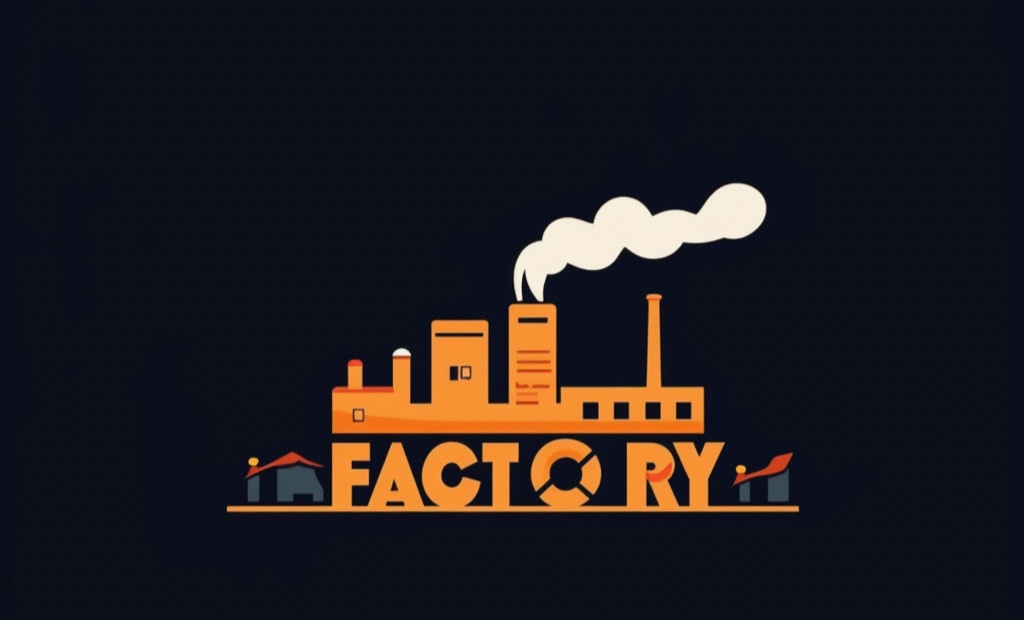Billions Lost: How Much Longer Can Medical Device Profit Margins Withstand the Impact of Tariffs?
Recently, Abbott released its Q1 2025 earnings report, with total revenue of $10.36 billion, a year-on-year increase of 4.0%. However, behind this seemingly steady report lie hidden concerns. The company's CEO, Robert Ford, warned investors during the earnings call that the U.S. government's additional tariffs on China would result in a loss of "hundreds of millions of dollars" for the company throughout the year, with the medical device business being the hardest hit.
This statement confirms Barclays Bank's previous analysis - although Abbott is relatively less affected among top medical device companies, the field of medical devices still faces dual pressures of supply chain restructuring and rising costs.

01
leads the way, translates to "leads the way" or "takes the lead" in this context.
Diagnostic services lag behind
Abbott delivered a report card of "steady growth + improved profitability" in the first quarter of 2025.
Total revenue: $10.36 billion, an increase of 4.0% year-over-year; excluding the COVID-19 testing business, organic growth was as high as 8.3%.
Core Business Performance:
-
Medical Devices: Revenue of $4.895 billion (accounting for 47% of total revenue), a year-over-year increase of 9.9%, with organic growth of 12.6%. Notable contributions from sub-segments such as Diabetes Management (+21.6%) and Structural Heart Disease.
-
Nutrition business: Revenue of $2.146 billion, global organic growth driven by adult nutrition products Ensure® and Glucerna® by 8.7%.
-
Diagnostic business: Revenue was $2.054 billion, a year-over-year decrease of 7.2%. Excluding COVID-19 testing revenue (which amounted to only $84 million), the core laboratory business barely achieved a 0.5% growth.
Significant regional differentiation: The U.S. market grew by 8.4%, far exceeding the 1.2% growth of international markets. Particularly in the medical device sector, the growth rate in the U.S. (such as +27.1% for diabetes care business) was significantly higher than the global average.
Profitability Optimization: Gross margin increased to 52.8%, and adjusted net profit grew by 10.9% year-over-year to reach $1.919 billion. This performance was driven by effective cost management and strong sales of high-margin products, such as the FreeStyle Libre® continuous glucose monitoring system.
02
Tariff Impact:
Medical devices become a "disaster zone."
Although Abbott's financial report performance is impressive, the "approaching tariff threat" it faces cannot be ignored, and Ford clearly outlined the specific impact pathway of this challenge.
In the Sino-US tariff game, latest developments show that the Trump administration is planning to impose a 245% tariff on China, with medical devices not being exempted. Given that Abbott's revenues are about 45% reliant on the medical device sector, this means that its supply chain and export costs in the Chinese market will face significant pressure.

At the same time, import restrictions implemented by Canada and Mexico, along with tariffs on steel and aluminum policies internationally that have created regional retaliatory tariffs, have further driven up the cost of raw materials.
Due to the long production cycle of medical equipment and the fact that contract prices are often locked in, companies cannot resolve impacts in the short term by raising prices or transferring costs.
From a potential risk perspective, if the tariff costs are entirely borne by the company, Abbott's medical device business, which currently has a gross margin of about 60%, may face the risk of decline; emerging markets such as Asia and Latin America, which rely on low-price strategies to open up markets, may also lose competitiveness due to rising costs.
03
5 Invest $500 million to build a factory in the U.S., what's the goal?
To withstand the impact of the tariff storm, Abbott has unveiled two core strategies.
Firstly, the construction of a distributed production network is carried out with 90 production bases to create an "anti-risk moat". CEO Ford uses FreeStyle Libre® as an example to explain the layout logic, stating that 2 factories in the United States serve domestic demand, and 4 other bases cover the global market. If all production capacity were concentrated in Southeast Asia or Europe, the risk would be uncontrollable.
The strategy reduces reliance on a single supply chain through localized production, such as specializing in glucose monitoring sensors at the Irish factory and focusing on regional demand at the Chinese facility. Simultaneously, it implements redundancy by backing up critical components across multiple regions to ensure stable supply amid sudden tariffs or geopolitical conflicts.
Secondly, to promote the expansion of production in the United States, Abbott announced two key investments, investing $500 million in the expansion of factories in Illinois and Texas, adding 300 new jobs, focusing on enhancing the research and development and production capacity of blood transfusion equipment. The main goal is to reduce dependence on imports through local production and strive for policy preferences brought by the "Made in USA" label.

In the short term, this plan can reduce reliance on imported components and directly avoid cost pressures brought by Sino - US tariffs; in the long term, it focuses on the research and development and production of high - value - added products such as cardiovascular devices, consolidating its technological barriers and industry leadership in the high - end medical device field. However, the production cost in the United States is significantly higher than that in Asian regions, which may weaken the price competitiveness of products. Moreover, the construction cycle of the factory is relatively long, and it will not be put into operation until the end of 2025. In the short term, tariff pressure still needs to be borne.
In terms of short-term buffer measures, Abbott opted to increase inventory of key raw materials, but Ford also warned that "hoarding is not a sustainable solution," while jointly lobbying with industry group AdvaMed to seek tariff exemptions for medical devices, despite slim chances of success.
04
No one was spared.
Leading companies collectively under pressure
Amid the ongoing impact of the tariff storm, leading companies in the global medical equipment sector are all affected, collectively bearing immense pressure.
Johnson & Johnson (JNJ.US) warned in its financial report that by 2026, its tariff losses will reach $400 million, with the medical device division being hit the hardest.
The main issues Johnson & Johnson faces are twofold: first, it is difficult to adjust the supply chain, as medical equipment transportation contracts have already locked in prices, making it hard to flexibly adjust costs in response to tariff changes in the short term; second, geopolitical risks are compounded, with Sino-American tariff conflicts being the primary source of losses, while retaliatory tariffs from Mexico and Canada add further pressure.
In terms of strategy, Johnson & Johnson and Abbott show clear differences: Johnson & Johnson relies more on “acquisition + restructuring” to optimize its business (for example, by acquiring Abiomed to strengthen its cardiovascular sector), but it has relatively fewer proactive measures in response to tariff impacts; Abbott, on the other hand, places greater emphasis on enhancing the flexibility of its production network, reducing risks by diversifying its capacity layout.
From an industry-wide perspective, this phenomenon conveys two important signals: for companies that struggle to pass on tariff costs to downstream entities, long-term profit margins may continue to erode; meanwhile, possessing a globalized supply chain layout and flexible adjustment capabilities is increasingly becoming a critical survival skill for leading enterprises to navigate geopolitical risks.
In response to tariff shocks, Abbott has built a distributed network with 90 production bases, such as the decentralized production of FreeStyle Libre across 6 locations to reduce risks. At the same time, it has invested $500 million to expand its domestic U.S. factories, attempting to hedge tariffs through local production. However, high domestic costs and long construction cycles still put pressure on it in the short term. Within the industry, Chinese companies like Mindray are capturing market share with their local supply chains, accelerating the restructuring of the global medical device supply chain. As Ford said, tariffs are driving the medical industry towards Globalization 2.0, and companies need to find a new balance between technological barriers and cost control.
【Copyright and Disclaimer】The above information is collected and organized by PlastMatch. The copyright belongs to the original author. This article is reprinted for the purpose of providing more information, and it does not imply that PlastMatch endorses the views expressed in the article or guarantees its accuracy. If there are any errors in the source attribution or if your legitimate rights have been infringed, please contact us, and we will promptly correct or remove the content. If other media, websites, or individuals use the aforementioned content, they must clearly indicate the original source and origin of the work and assume legal responsibility on their own.
Most Popular
-

List Released! Mexico Announces 50% Tariff On 1,371 China Product Categories
-

Nissan Cuts Production of New Leaf EV in Half Due to Battery Shortage
-

New Breakthrough in Domestic Adiponitrile! Observing the Rise of China's Nylon Industry Chain from Tianchen Qixiang's Production
-

Dow, Wanhua, Huntsman Intensively Raise Prices! Who Controls the Global MDI Prices?
-

Clariant Unveils Cost-Cutting Plan Details, Plans to Shut Down Multiple Plants






